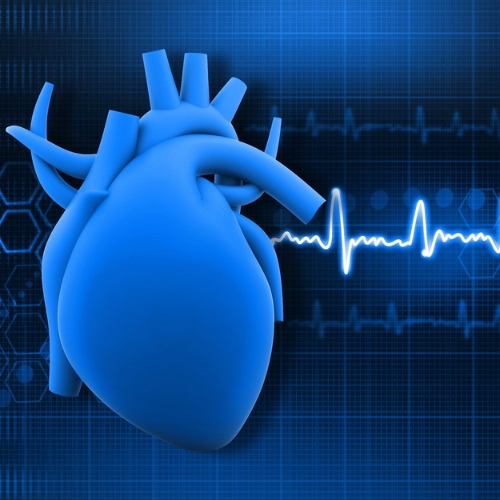Key points from article :
Some people require permanent pacemakers, others need them for days or weeks.
“After a critical risk period, the pacing functionality is no longer needed,” - John A Rogers, co-author of the study.
Researchers developed a battery-free pacemaker that can be implanted directly on the heart and absorbed when no longer needed.
Rogers said the device would cost $100 - is free of leads and can be controlled from outside the body.
The device is thin, flexible and weighs less than half a gram.
Radio frequency power from an external device is converted into an electrical current in the pacemaker to regulate the heart.
Trialled the device in hearts from mice and rabbits, as well as slices of human heart and within live dogs and rats.
Could tweak the thickness to tailor the timescale over which the it operates and breaks down.
“..will need further testing to establish that it is safe and effective,” - Nilesh Samani, medical director at the BHF.
Study by Northwestern University published in Nature Biotechnology.







